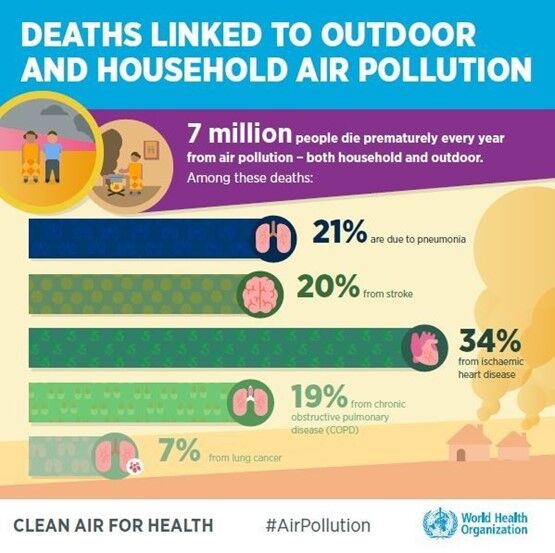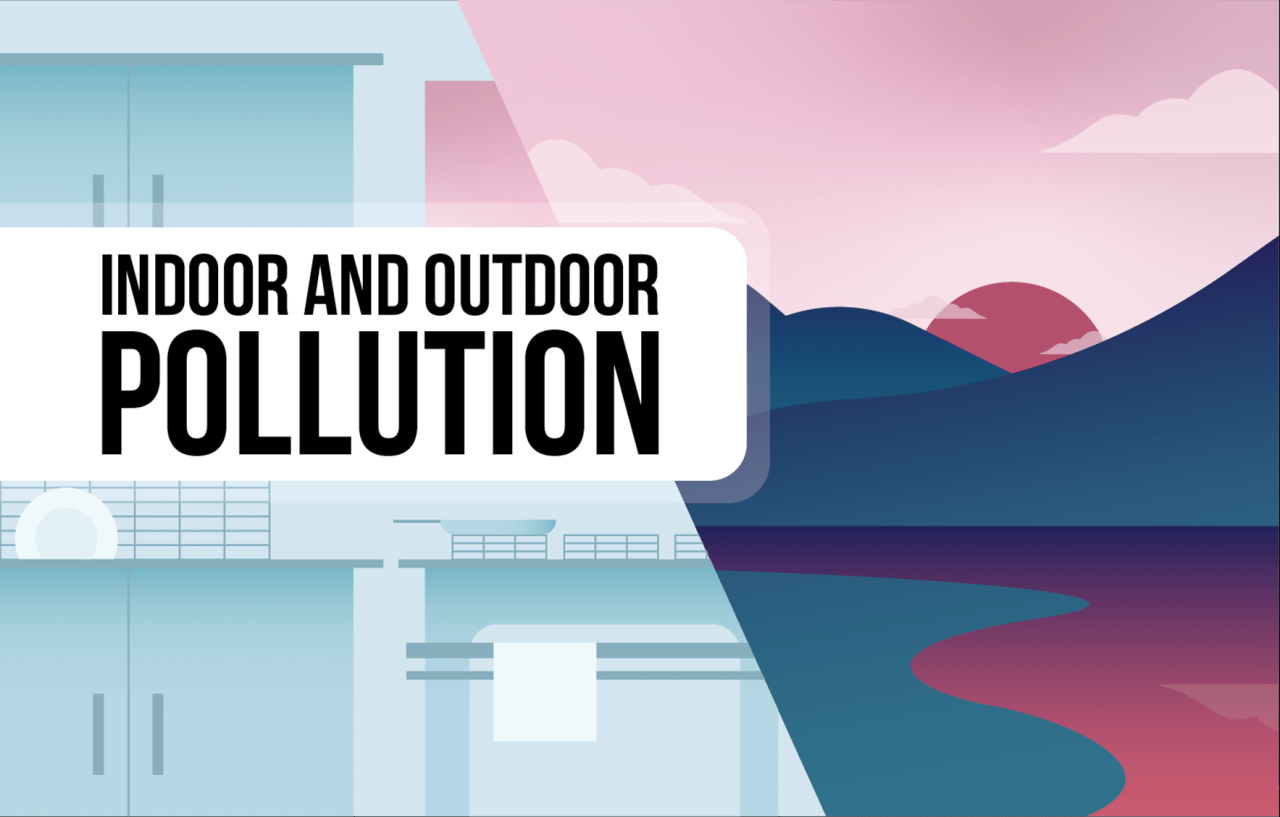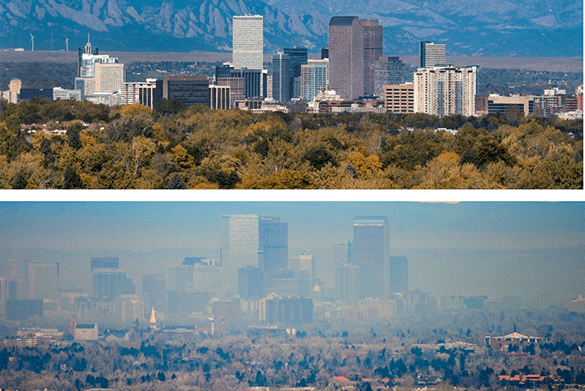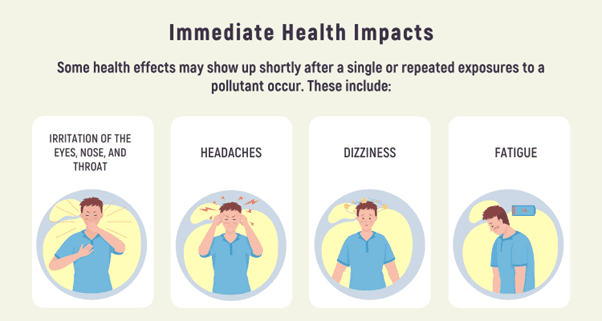The air we breathe is essential to our health and well-being, but it’s not always as clean as we might think. Both indoor and outdoor air can contain a variety of pollutants that can negatively impact our health. In this blog post, we’ll explore the differences between indoor and outdoor air quality, the health effects of exposure to air pollutants, and how HVAC systems with UV filters can help improve indoor air quality.
Key facts (WHO)
- Air pollution is one of the greatest environmental risks to health. By reducing air pollution levels, countries can reduce the burden of disease from stroke, heart disease, lung cancer, and both chronic and acute respiratory diseases, including asthma.
- Household air pollution was responsible for an estimated 3.2 million deaths per year in 2020, including over 237 000 deaths of children under the age of 5.
- In 2019, 99% of the world’s population was living in places where the WHO air quality guidelines levels were not met.
- The combined effects of ambient air pollution and household air pollution are associated with 7 million premature deaths annually.

Indoor Air Quality vs. Outdoor Air Quality
When we think about air pollution, we often think of outdoor air as being more polluted than indoor air. After all, outdoor air especially in urban landscapes is exposed to a wide range of pollutants, including vehicle exhaust, industrial emissions, and natural sources like wildfires and pollen. But the truth is that indoor air can be just as polluted, if not more so, than outdoor air.

Indoor air can be contaminated by various sources, such as dust, pet dander, volatile organic compounds (VOCs) from cleaning products, bacteria, viruses from airborne droplets, and mold. The types and levels of pollutants can vary depending on factors such as the age of the building, the ventilation system, and the activities taking place indoors. Cooking with gas and smoking can produce high levels of nitrogen dioxide and particulate matter, respectively. Outdoor air, on the other hand, can be contaminated by pollutants such as ozone, particulate matter, and nitrogen oxides from vehicle exhaust and industrial sources. These pollutants can enter buildings through open windows or doors, or they can seep in through cracks and other openings.
Understanding the Long-Term Effects of Outdoor Air Quality: Common Pollutants and Their Impact on Health

According to the World Health Organization, outdoor air pollution is responsible for an estimated 4.2 million premature deaths each year. Some of the most common pollutants found in outdoor air include:
Particulate Matter (PM): These particles can be inhaled and can penetrate deep into the lungs, causing respiratory problems and aggravating pre-existing conditions such as asthma or chronic obstructive pulmonary disease (COPD).
Ozone (O3): This is a gas that is formed when nitrogen oxides and volatile organic compounds (VOCs) react in the presence of sunlight and can cause respiratory problems, including coughing, wheezing, and shortness of breath, and long-term exposure can lead to permanent lung damage.
Nitrogen Oxides (NOx) and Sulphur Dioxide (SO2): NOx can cause respiratory problems and can contribute to the formation of smog, which can exacerbate respiratory conditions and increase the risk of heart disease and stroke. SO2 is a gas that is produced by burning fossil fuels, such as coal and oil and long-term exposure can cause respiratory problems, including asthma and bronchitis.
Carbon Monoxide (CO): This is a colorless, odorless gas that is produced when fuels such as gas, oil, or wood are burned. High levels of CO can be deadly, and even low levels of exposure can cause headaches, dizziness, and nausea.
The Immediate Health Effects of Indoor Air Quality Pollutants

Indoor air quality is just as important as outdoor air quality when it comes to our health. Some pollutants found indoors have immediate health effects, particularly for those with respiratory conditions. Some of the most common indoor air pollutants include:
Airborne droplets: These are tiny particles that can be expelled when someone talks, coughs, or sneezes. In the case of infectious diseases like COVID-19, the common cold and Influenza, these droplets contain the virus and spread from person to person, making it important to wear masks and practice social distancing.
Dust and Allergens: Dust is made up of a variety of particles, including pollen, pet dander, and other allergens that may cause respiratory problems, particularly for those with asthma or allergies.
Mold: Mold can grow in damp environments and release spores into the air, which cause respiratory problems and allergic reactions.

